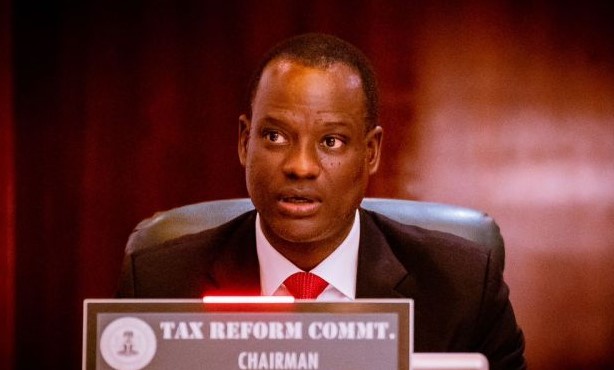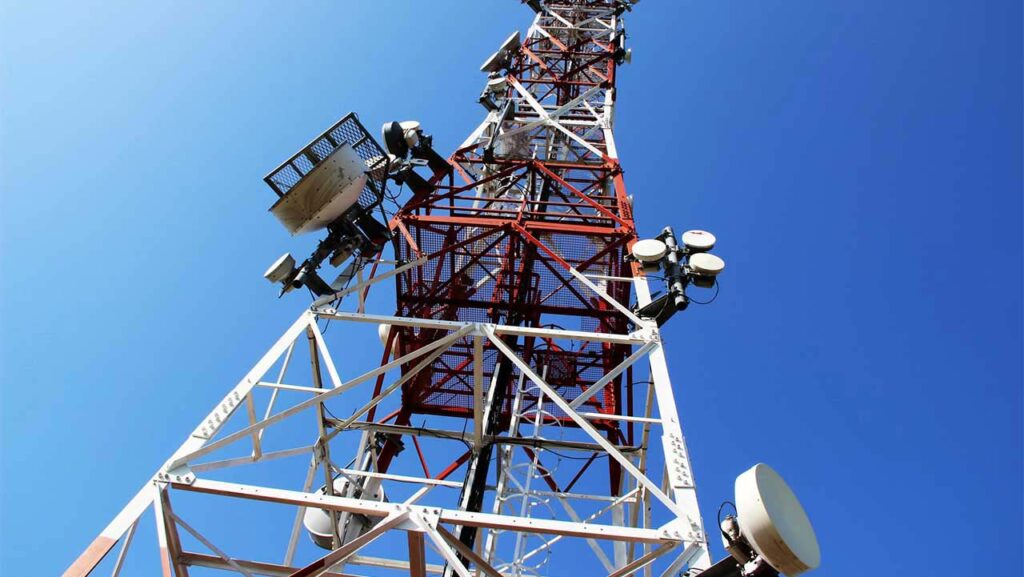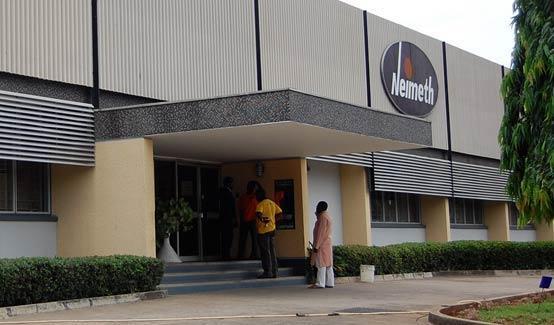
Coronation Merchant Bank has projected that the Monetary Policy Committee (MPC) will raise the benchmark lending rate by at least 50 basis points this year.
In its 2022 economic outlook, the bank expects a conservative approach to interest rate fixing as the MPC seeks a balance between price stability and economic growth.
It, however, argues that a one-off 50 basis points hike to bring the monetary policy rate (MPR) to 12 per cent is not far-fetched.
The rate-fixing MPC, in the height of COVID-19 threat in 2020, reduced the MPR by 100 basis points in September 2020, to 11.5 per cent. That turned out to be the last time the rate changed, as the authority maintained a hold through last year amid high inflationary pressure and fragile growth.
At its first meeting for the year, the MPC retained the benchmark rate at 11.5 per cent amid hawkish tension across the globe. A few economists, including Biodun Adedipe of B.Adedipe Associates Limited, agreed that inflation was not a serious concern and the pressure on prices was already rolling back.
With the recent renewed energy cost crisis and concern about election spending, some experts have warned that a spike in inflation is inevitable. What the experts may not have agreed on is the time horizon of their projections.
In its projection released recently, Coronation said: “we expect the monetary policy committee to maintain its cautious stance on monetary policy parameters”. It added that a one-policy rate hike is a possibility as “the committee is still leaning towards striking a balance between supporting GDP growth while maintaining stability across inflation, exchange rate, and market rates”.
The organisation has a rather moderate view about the inflation rate, which it hopes would finish the year 13.9 per cent. This projection is within the band of other forecasts, including those of the International Monetary Fund (IMF), the World Bank and Augusto & Co.
According to the projection, the economy will wrap up the year with real output growth of 2.6 per cent, 0.1 percentage point less than the IMF projection and close to one percentage point less than 2021 full-year growth of 3.4 per cent.
“Nigeria’s economy has posted GDP expansion for four quarters since its last recession recorded in 2020. However, the current growth rate levels are unable to halt the steady decline in incomes and the rise in poverty. Our in-house estimates assume GDP at current market prices as high as pre-pandemic levels (2019). We considered increased vaccination rate, stable oil prices above $65 billion and sustained growth in the major sectors, among other factors.
“Consumption patterns are relatively better and are almost mirroring pre-pandemic levels. This year, we expect some fiscal stimulus on the back of the Federal Government’s capital expenses. Furthermore, we anticipate investment spending in targeted sectors. Looking ahead, overall pre-election expenditure towards the 2023 general elections should also contribute to the growth drivers,” it noted.
The bank was not so bullish on the future of the naira, which it said could fall to N434/$ at the Nigerian Autonomous Foreign Exchange (NAFEX) window.













